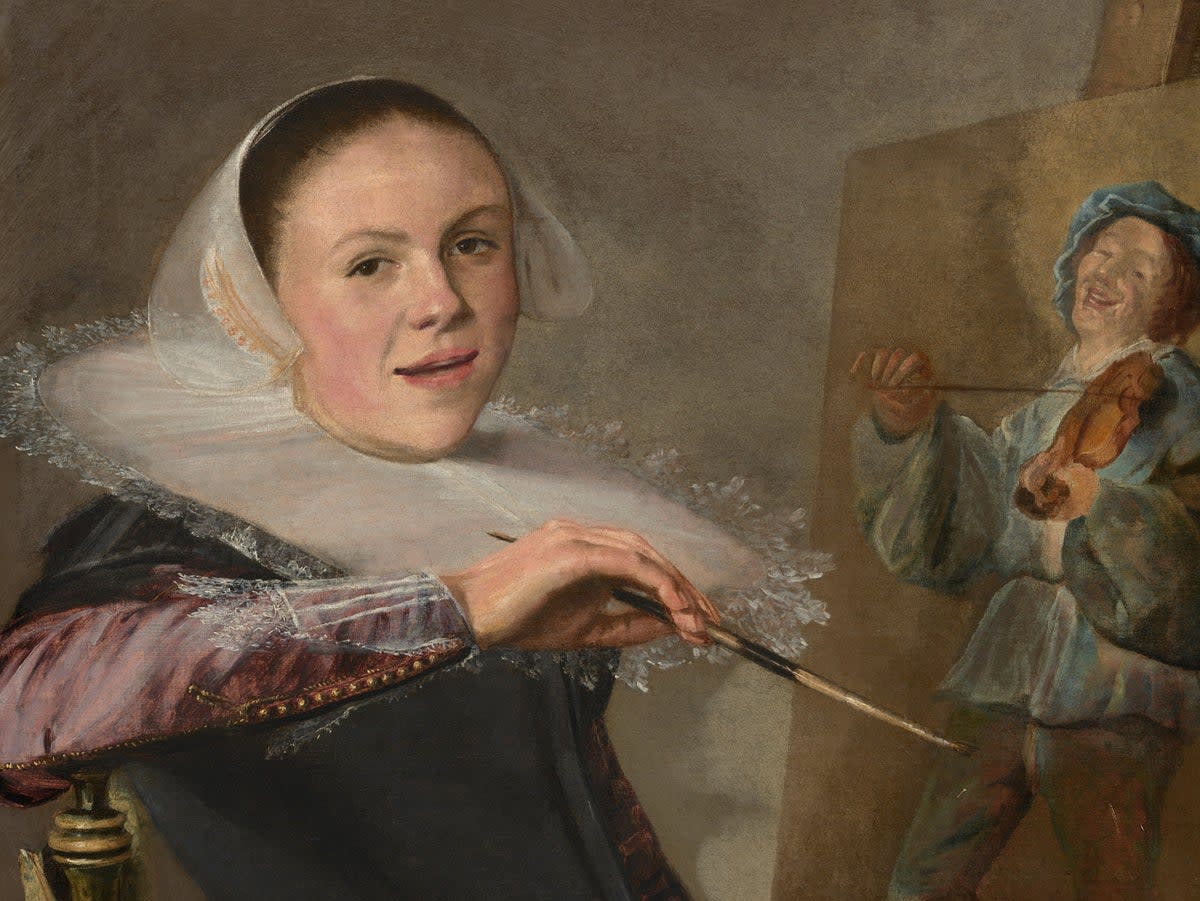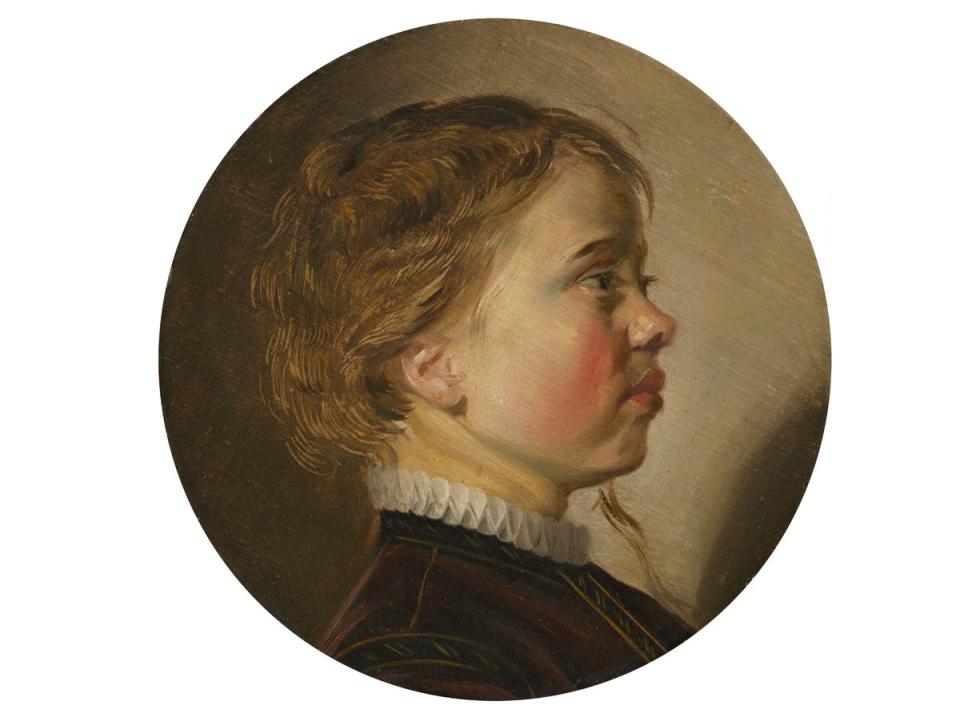What is today’s Google doodle and who is Judith Leyster?

- Oops!Something went wrong.Please try again later.
Today’s Google doodle celebrates the work and life of Judith Leyster, a 17th century painter and a central figure in the Dutch Golden Age.
On this day in 2009, the National Gallery of Art and the Frans Hals Museum held exhibitions to honour her legacy.
Although her work was highly regarded by her contemporaries, Leyster and her work were almost forgotten after her death.
It wasn’t until the late 19th century that her artistic legacy was recognised, after it was revealed that much of her work was misattributed to male artists for decades.
Who is Judith Leyster?
Leyster was born in Haarlem, Amsterdam, Netherlands in 1609.
When poet Samuel Ampzing visited Haarlem to chronicle the city in 1628, he famously described 19-year-old Leyster as a painter of “good and keen insight”, according to Google’s Doodle archive.
She painted her first known painting, “Serenade and Jolly Topper”, in 1629. She signed with a distinct monogram: “J.L.” crossed by a star – a play on her last name.

The artist painted various works including portraits and still lifes. She became one of the first women admitted to Harrlem’s prestigious painters’ guild. She also set up her own studio and taught students.
Leyster’s work was erased from history when art scholars later mistook her paintings as those of her male contemporaries.
”Misogyny and a forged signature caused art dealers to misattribute her paintings to male artists for decades,” reads the Google doodle archive.
In 1892, an observer finally noticed a star insignia on one of Leyster’s paintings in the Louvre and remarked that it did not match the signature of the male artist’s.
Since then, art scholars have identified more than 30 of Leyster’s masterpieces that were previously attributed to men.

